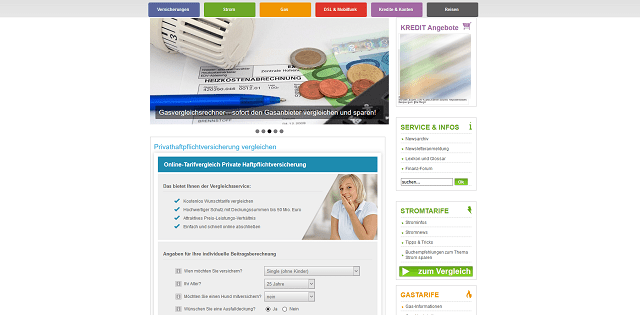Terrarium Couture: Miniature Ecosystems as Living Decor
Glass gardens, living sculptures, miniature worlds encased in crystal—terrariums have evolved from simple plant containers to intricate works of art that blur the lines between horticulture and interior design. As urban dwellers seek to reconnect with nature in compact spaces, these self-contained ecosystems have emerged as the perfect fusion of form and function, offering a slice of verdant tranquility in even the most confined environments. Join us as we explore the burgeoning trend of terrarium couture and discover how these tiny landscapes are making a big impact in the world of home decor.

Beyond the Glass: Innovative Containers
While traditional glass jars and fishbowls remain popular choices for terrariums, contemporary designers are experimenting with unconventional vessels to house their miniature landscapes. Antique light bulbs, vintage teapots, and even repurposed electronic devices are being reimagined as homes for tiny plant communities. These unexpected containers not only showcase the versatility of terrariums but also add an element of surprise and conversation to any space they inhabit.
Themed Worlds in Miniature
One of the most exciting aspects of terrarium couture is the ability to create entire themed worlds within a confined space. From lush tropical rainforests to arid desert landscapes, skilled terrarium artists are crafting diverse ecosystems that transport viewers to far-off locales. Miniature figurines, tiny architectural elements, and carefully selected stones and driftwood pieces are incorporated to tell stories and evoke specific moods, turning these living dioramas into captivating narrative pieces.
The Science of Self-Sustaining Ecosystems
At the heart of terrarium couture lies a delicate balance of horticultural science and artistic vision. Successful terrariums require a deep understanding of plant biology, soil composition, and the water cycle to create self-sustaining environments that thrive with minimal intervention. Designers must carefully select plant species that not only complement each other aesthetically but also share similar care requirements to ensure long-term viability within the enclosed space.
Terrariums as Mood Enhancers
Beyond their visual appeal, terrariums are gaining recognition for their potential to improve mental well-being and air quality in indoor environments. Studies have shown that interacting with plants, even on a small scale, can reduce stress, increase productivity, and enhance overall mood. As more people recognize the benefits of bringing nature indoors, terrariums are becoming an integral part of biophilic design strategies in both residential and commercial spaces.
Customization and Personalization
One of the key factors driving the popularity of terrarium couture is the level of customization it offers. Unlike traditional potted plants or cut flowers, terrariums can be tailored to reflect individual personalities, interests, and design preferences. From choosing specific plant combinations to incorporating personal mementos or miniature representations of favorite places, these living artworks become deeply personal expressions of their creators or owners.
Maintenance and Care: A New Approach to Gardening
For urban dwellers with limited time or space for traditional gardening, terrariums offer a low-maintenance alternative that still allows for a connection with nature. The enclosed environment of a well-designed terrarium creates a self-regulating ecosystem that requires minimal watering and care. This aspect of terrarium culture is particularly appealing to those who desire the beauty of plants without the commitment of extensive gardening routines.
Terrarium Workshops and Community Building
As the popularity of terrarium couture grows, so does the emergence of workshops and classes dedicated to the art of miniature landscape design. These events not only provide hands-on experience in creating terrariums but also foster a sense of community among plant enthusiasts and design aficionados. Terrarium-making parties are becoming increasingly popular for social gatherings, corporate team-building exercises, and even as unique wedding or birthday party activities.
The Future of Terrarium Design
Looking ahead, the world of terrarium couture shows no signs of slowing down. Innovations in LED lighting technology are enabling the creation of more complex and diverse ecosystems within enclosed spaces. Additionally, the integration of smart technology is paving the way for interactive terrariums that can be monitored and adjusted remotely, ensuring optimal conditions for plant growth and aesthetic appeal.
As our lives become increasingly digital, the tactile and organic nature of terrariums offers a much-needed counterbalance, bringing a piece of the natural world into our most intimate spaces. Whether as statement pieces in modern interiors or as personal sanctuaries on office desks, these miniature ecosystems are more than just decorative items—they are living, breathing works of art that connect us to the beauty and complexity of nature in an ever-urbanizing world.




